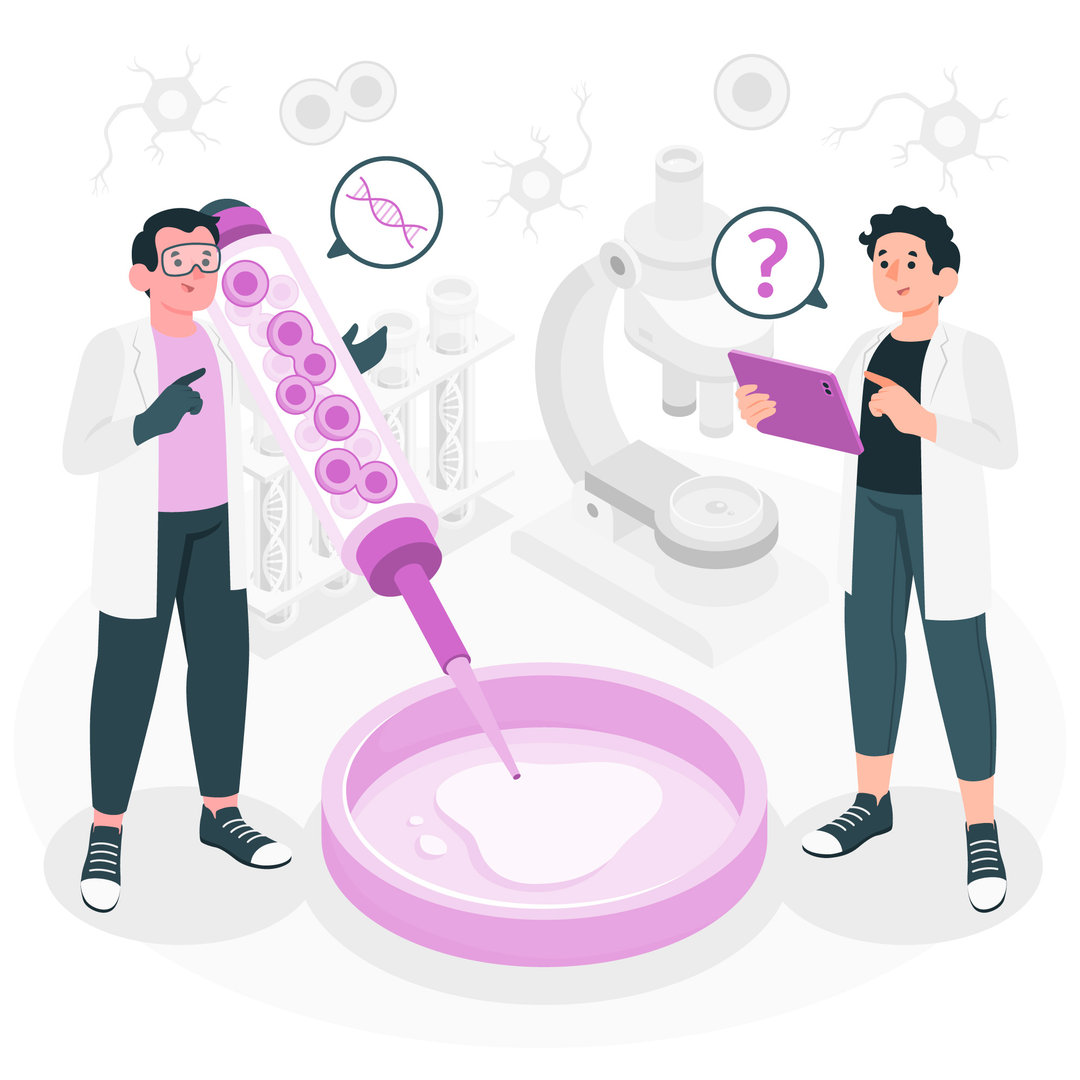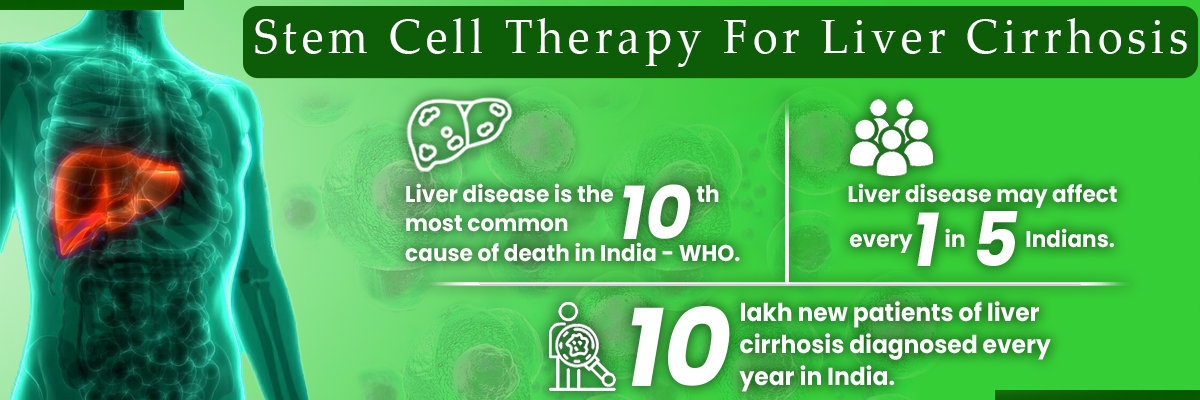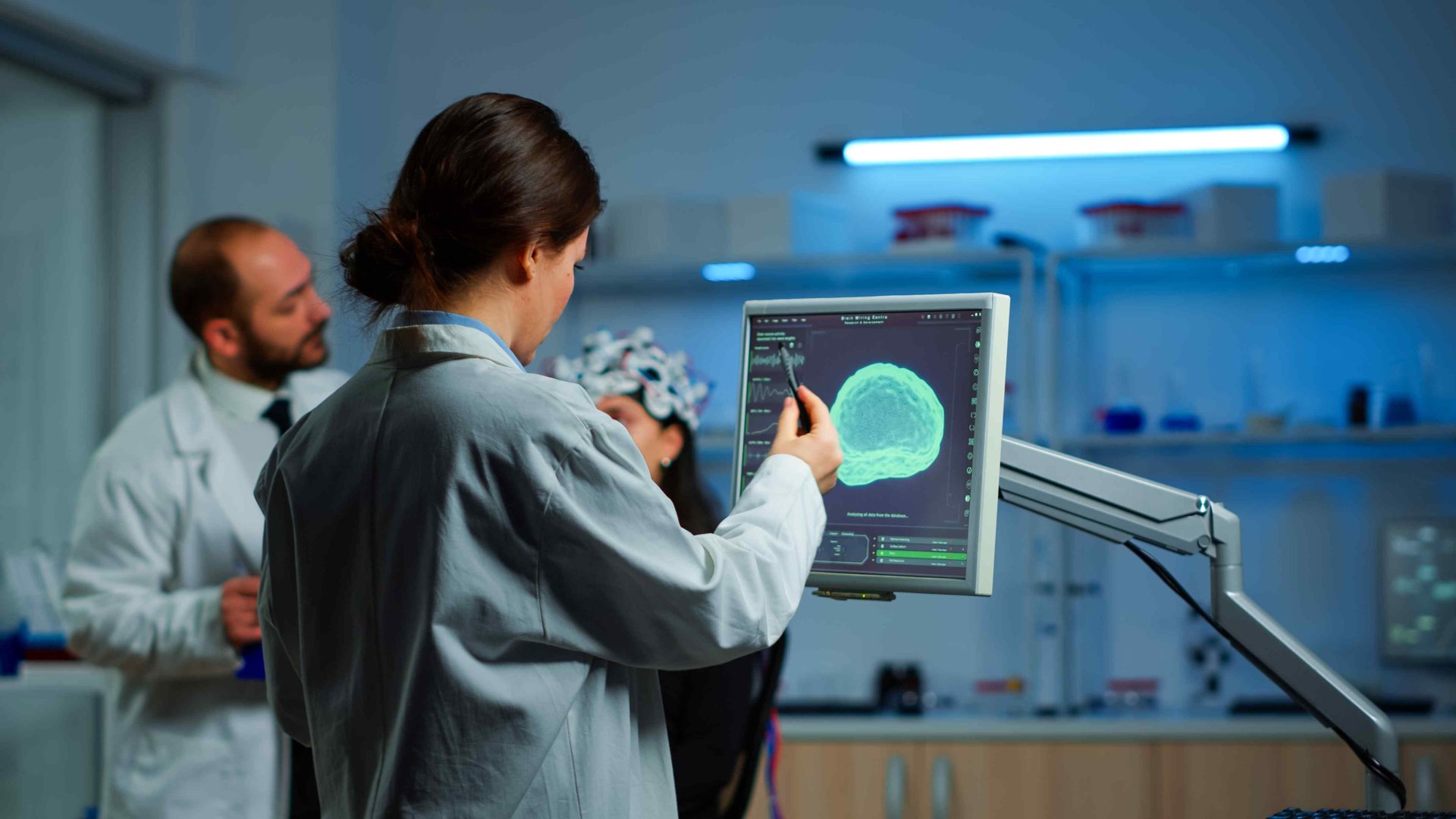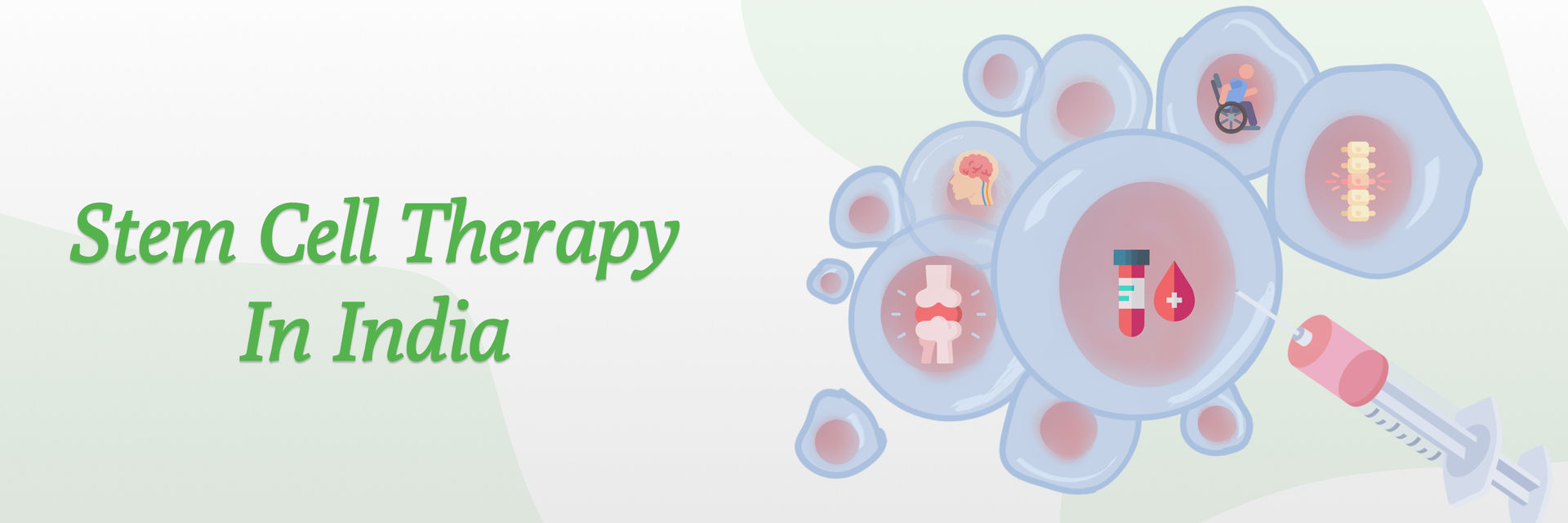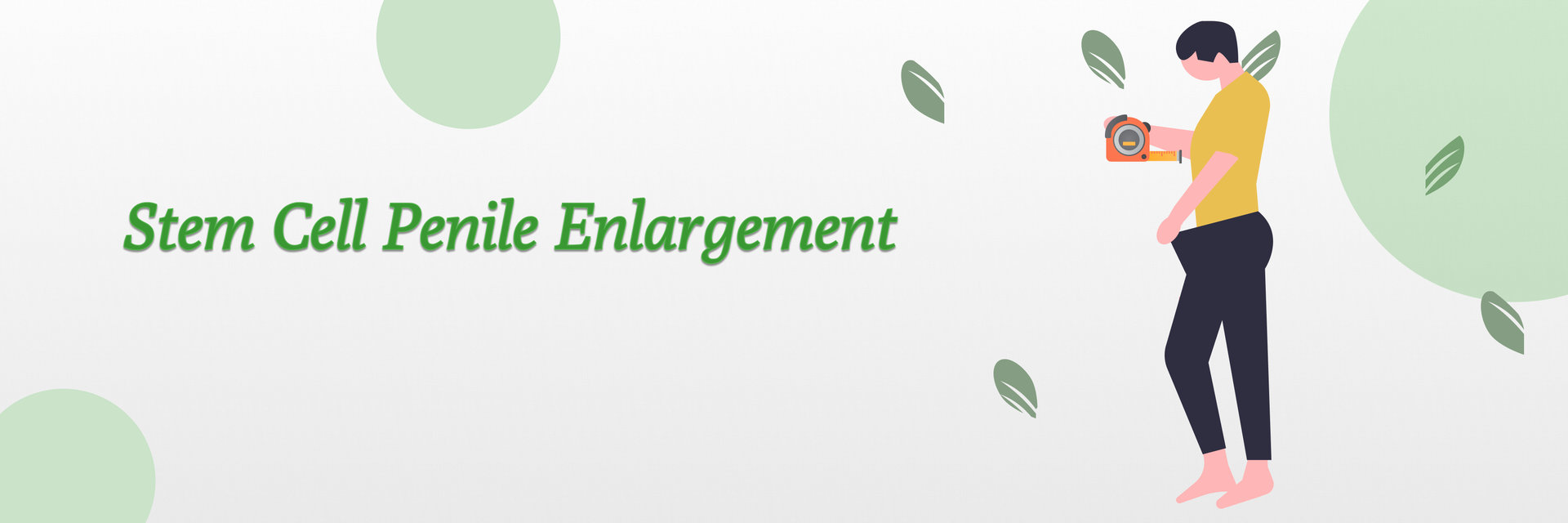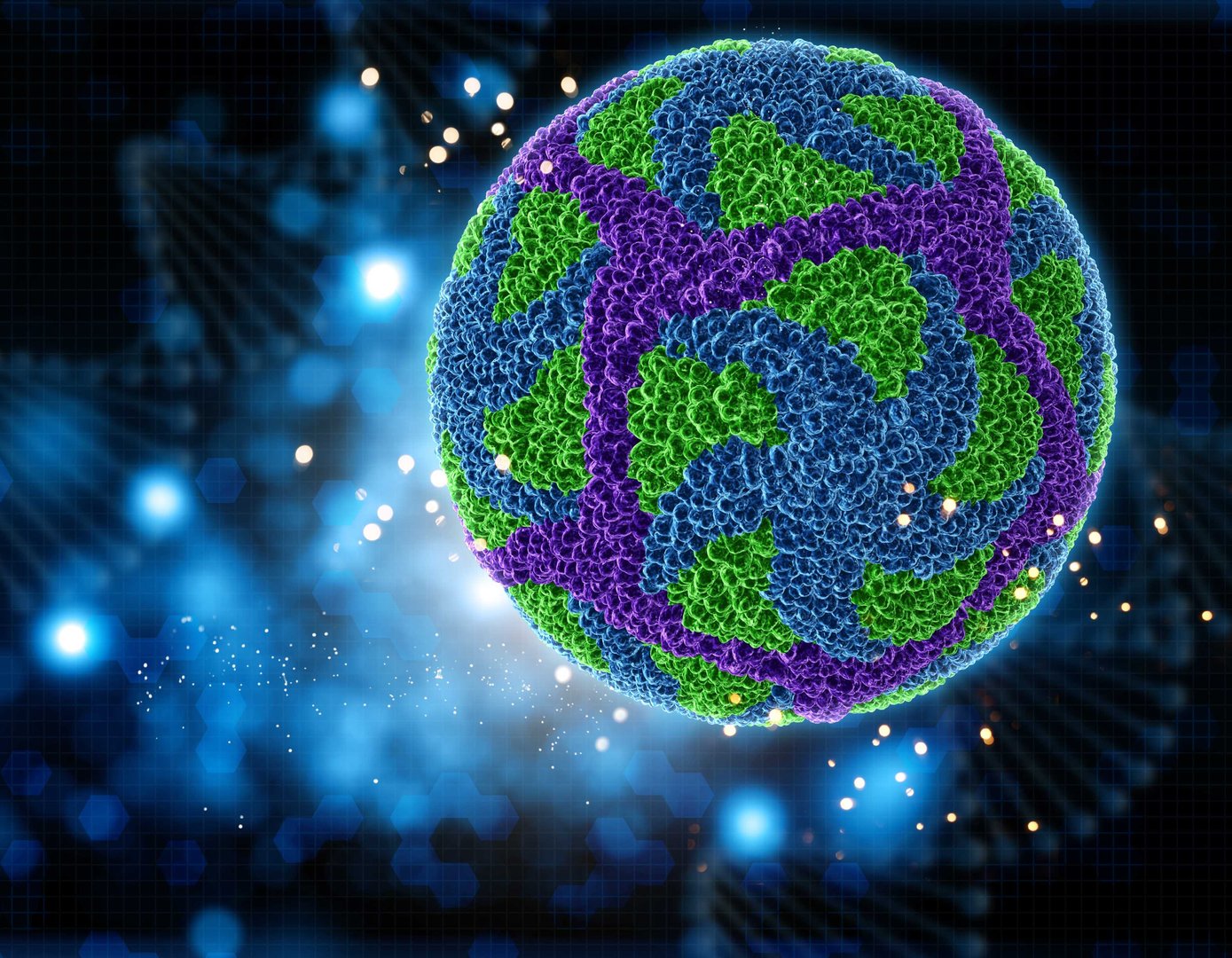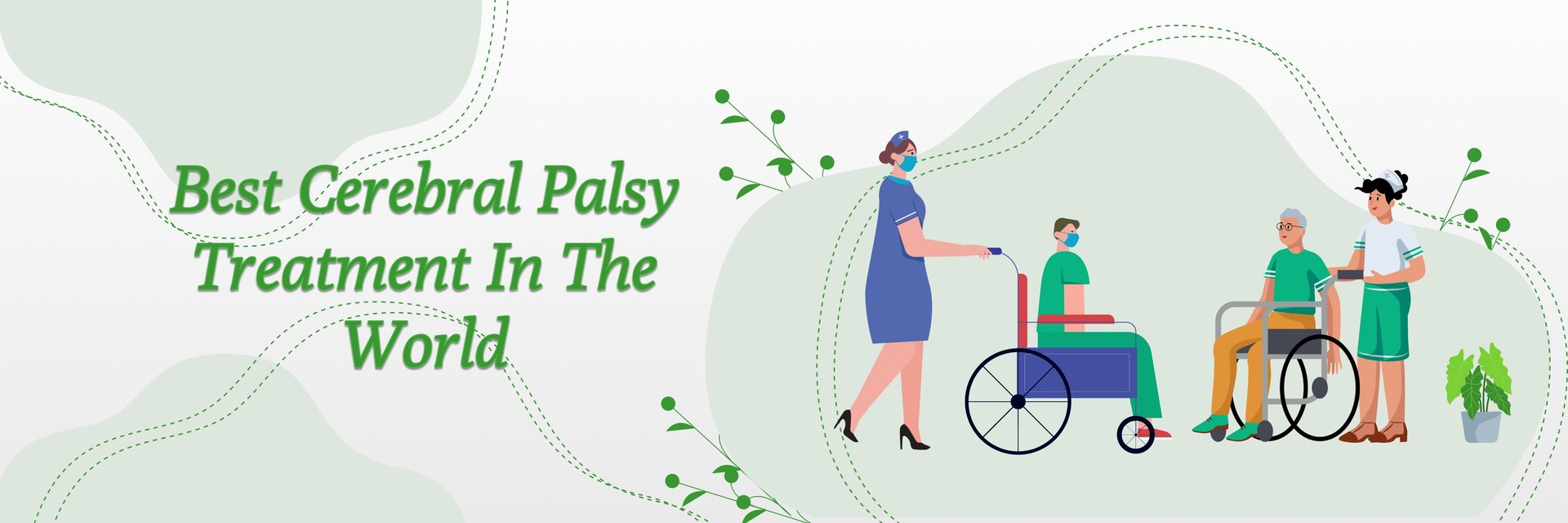Introduction
A stem cell transplant is not another phase in cancer therapy; it's more like clicking the restart button on your entire body. Whether you underwent this process because of bone marrow cancer, following rigorous chemotherapy, or as a result of blood-condition complications, the transplant is only halfway through. The true journey starts after the transplant, particularly in those first 100 days. It's when your immune system reconstitutes, your body attempts to heal from harsh medical interventions, and your mind starts adapting to living after surviving something life-changing. Connect with medical professionals to know more about stem cell treatment & post-treatment care.
Most individuals are unaware of how delicate and important these 100 days are. On the outside, you may appear to be "done" with treatment, but on the inside, your body is laboring around the clock to embrace the stem cell transplant and heal injured tissues. Cancer treatment doesn't conclude in the hospital; it carries forward into all aspects of your daily routine in these three months. This blog will take you through everything that occurs after the transplant — physically, emotionally, and pragmatically — particularly if you or your loved one is recuperating after a severe illness such as breast cancer, bone marrow cancer, or other cancers that needed extensive therapy and stem cell donation. If you are actually considering stem cell treatment as a viable option, or you are already a stem cell treatment patient, then you can consult doctors online by booking a doctor video consultation on our platform in minutes.
Why The First 100 Days Matter After Stem Cell Transplant
These initial 100 days are frequently referred to as the "critical window" — and for a very good reason. Shortly after a stem cell transplant, your body is attempting to accomplish something that's at once amazing and treacherous: rebuilding your whole immune system from the ground up. Think about installing a brand new operating system in your body. This new system (gracias to those newly transplanted stem cells) must interface with all the organs, tissues, and signals within your body — and do so without mistakes. It's a sensitive, complex stage where any tiny infection or reaction might cause major delays.
If you’ve undergone a stem cell transplant after a long cancer treatment journey — whether for leukemia, lymphoma, or even after complications from breast cancer treatment — you’ll know that your immune defenses are wiped out. You’re vulnerable to viruses, bacteria, and fungal infections — even something as harmless as a small mouth ulcer can escalate. That is why physicians closely follow all of it: your temperature, appetite, blood levels, and even mood. Patients are instructed to rest in clean conditions, keep away from visitors with even slight illnesses, and comply with rigorous hygiene protocols. These 100 days are a trial of endurance, courage, and faith in the procedure.
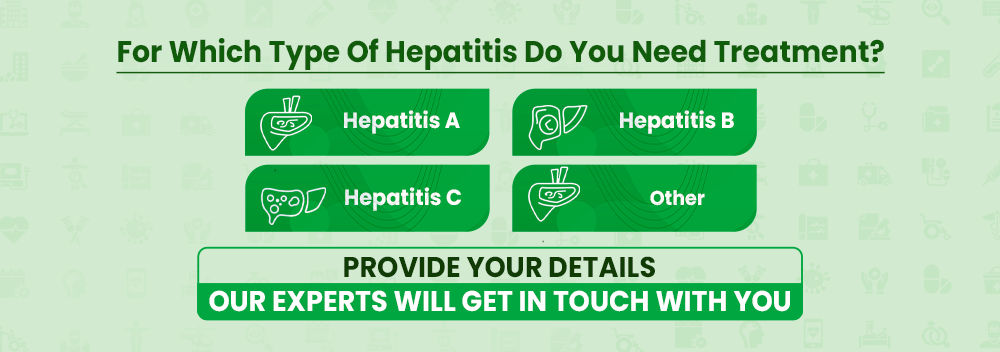
Physical Recovery Milestones
Physically, recovery from a stem cell transplant is similar to walking up a hill — slow and tiring, but with progressive signs of gain if you watch closely. The first weeks are usually the most difficult. Extreme fatigue — not the kind that napping cures — is felt by most. It's bone-deep tiredness that leaves you not wanting to get out of bed, let alone stand up. You might still be experiencing side effects of earlier cancer treatment, such as nausea, loss of appetite, diarrhea, or hair loss. Sore mouth is prevalent, as is an unusual metallic taste within the mouth. If you were a transplant due to bone marrow cancer, breast cancer, or post-stem cell donation from a donor, the exhaustion may be more extreme. If you want a faster recovery, get treatment from the best stem cell doctors in India.
But around day 30 or 40, something typically starts to turn around. Appetite comes back gradually, you can walk further, and your blood count levels out. It is normal to have little "victories" — walking from the living room to the kitchen without getting winded, or eating a whole meal. By day 60 or 70, you should begin to regain some semblance of routine, even if it's just taking short walks or preparing a simple meal. These steps might not sound significant, but they're monumental in terms of your body indicating the new stem cells are functioning. For those patients who have experienced several cycles of medical treatment or who had aggressive types of cancer, such as breast or bone marrow cancer, this timeline may extend, but things do move incrementally, yes.
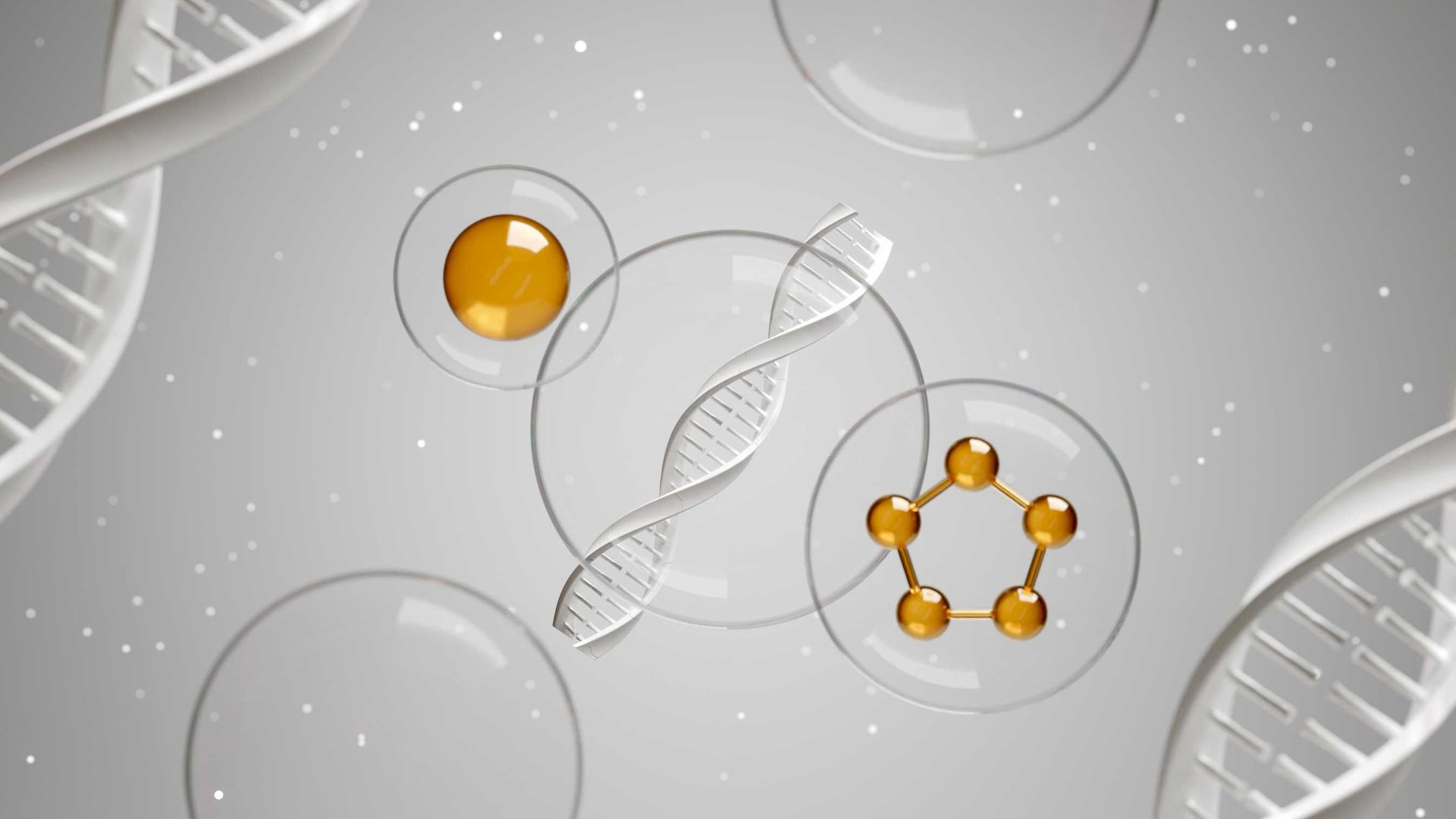
Emotional & Mental Health After Transplant
Emotionally, the time following transplant can be one of the most confusing and lonely periods in a patient's cancer course. While all the people around you may be partying about the "end" of your treatment, you may still feel devastated, frightened, or numb. And that's perfectly fine. Surviving an ordeal like bone marrow cancer or enduring rigorous medical treatment is traumatic, and trauma does not disappear just because the procedure is finished. A lot of patients have reported anxiety, depression, mood swings, or extreme lack of motivation during these 100 days. Some even feel what's referred to as "survivor's guilt" — questioning how they survived but their friends and loved ones didn't.
There's also this odd sense of loneliness that strikes at this time. You are physically alone to shield your compromised immune system, but that isolates you emotionally from the world, too. If your transplant was for breast cancer or included other cancer therapy, you'll also be dealing with body image concerns or fertility issues. All this accumulates and becomes overwhelming. Psychological support is necessary — a counselor, an online group, or simply someone who listens and gets it. You don't have to be okay. Allow yourself the space to experience everything — the anger, the confusion, even the fear. Emotionally healing is as necessary as physically healing.
Common Complications & How They Are Managed
Complications can arise during the 100 days, and some of them have to be attended to right away. One of the more serious complications is Graft-versus-Host Disease (GVHD), wherein the new stem cells start attacking your body, confusing it with foreign substances. This usually occurs in a donor-based stem cell transplant. GVHD can occur in the skin, liver, stomach, and intestines. Rashes, jaundice, diarrhea, or severe abdominal pain can be symptoms.
Infections are also a massive risk. Because your immune system isn't in full working order, even simple infections such as colds, UTIs, or fungal infections can become severe. You may also experience headaches, fever, eye problems, and gastrointestinal issues. For patients who have undergone very intense breast cancer treatment or experienced complications of lung cancer symptoms, the risks can be even greater. Doctors usually treat these complications aggressively, with immunosuppressants for GVHD, antibiotics for infections, and steroids when needed. Close monitoring is key. If anything feels “off,” it probably is — so never delay reporting symptoms.
Immunity & Infection Risks
Imagine your immune system as a brand-new baby. That’s exactly how delicate it is after a stem cell transplant. You’re starting from zero. Everything that once protected you from illness is temporarily shut down; therefore, infections are the cause of most post-transplant hospital admissions. A minor involuntary action, such as sneezing, a sore throat, or bronchitis, for example, could easily spiral to infections like pneumonia or a dangerous infection. This is especially true for those whose aggressive cancer care, like radiation, or those recovering from breast cancer, bone marrow cancer, or lung cancer symptoms.
During this phase, doctors often place patients on preventive antibiotics, antifungals, and antivirals. You’ll also be told to avoid crowds, pets, raw food, gardening, and any kind of contact with sick people. Your home becomes a sanitized bubble — and yes, it can feel suffocating. But it’s temporary. Most patients begin receiving childhood vaccinations all over again, after about 6 months to a year, depending on their progress. These steps construct your immune defenses brick by brick.
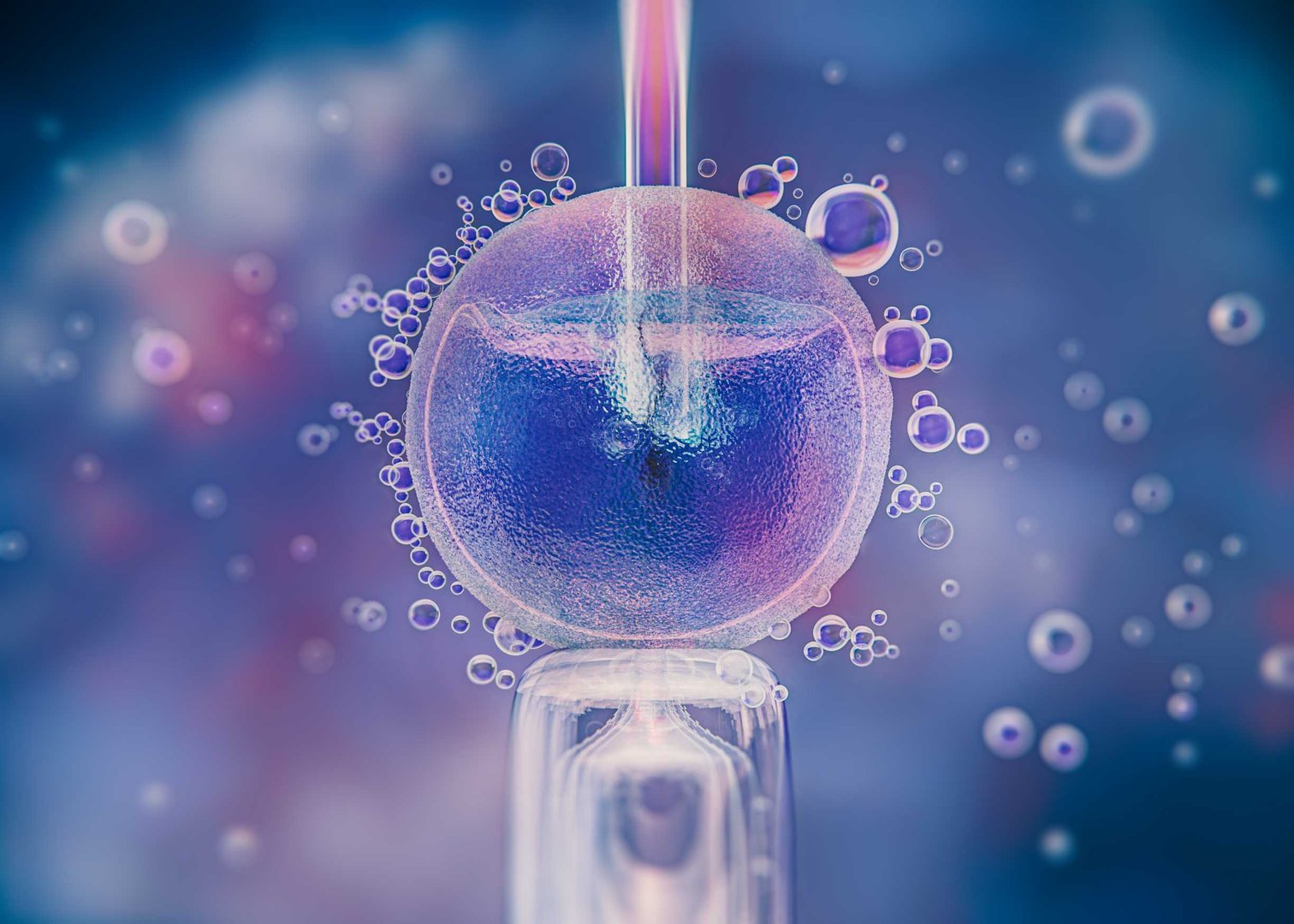
Diet & Lifestyle Changes
After the transplant, food becomes part of your treatment regimen. You require high-protein foods, boiled vegetables, peeled fruits, and adequate water. Forget street food, restaurant food, raw salads, or raw eggs. Your body requires fuel that is easily digestible, devoid of bacteria, and packed with nutrients. Protein shakes, dals, boiled chicken, bananas, and yoghurt become your closest allies.
You’ll also need to follow strict hand hygiene, avoid unnecessary outings, and stay away from polluted areas. Light walking is encouraged, but strenuous exercise should wait. If your transplant was due to breast cancer or if you’ve experienced lung issues during your cancer treatment, your body may need extra time to adjust to physical activity. Alcohol, cigarettes, and even caffeine are off-limits unless your doctor says otherwise. Also, watch your stem cell storage — if you've banked your stem cells for possible future medical application, you might want to know the cost of stem cell storage and what alternatives are available for long-term stem cell storage.
Importance Of Follow-Ups & Appointments
Follow-up visits are not discretionary; they are mandatory. These visits allow your medical team to track how your new immune system is working. Doctors will check your white and red blood cell counts, platelet levels, how your organs are functioning, and even look for signs of recurrence. If you have a history of bone marrow cancer or breast cancer, these follow-ups may incorporate some screening for cancer to ensure that it has indeed not returned.
At times, these checks may seem redundant or exhausting, but have faith in the process. Keeping tabs on your recovery identifies complications early, tweaks medication, and avoids additional issues. It's also your moment to inquire about stem cell storage, stem cell preservation cost, or any pain you might experience. Honesty with your care team is the best decision you can make. If you are actually considering stem cell treatment as a viable option, then you can consult medical professionals on our platform in just minutes.
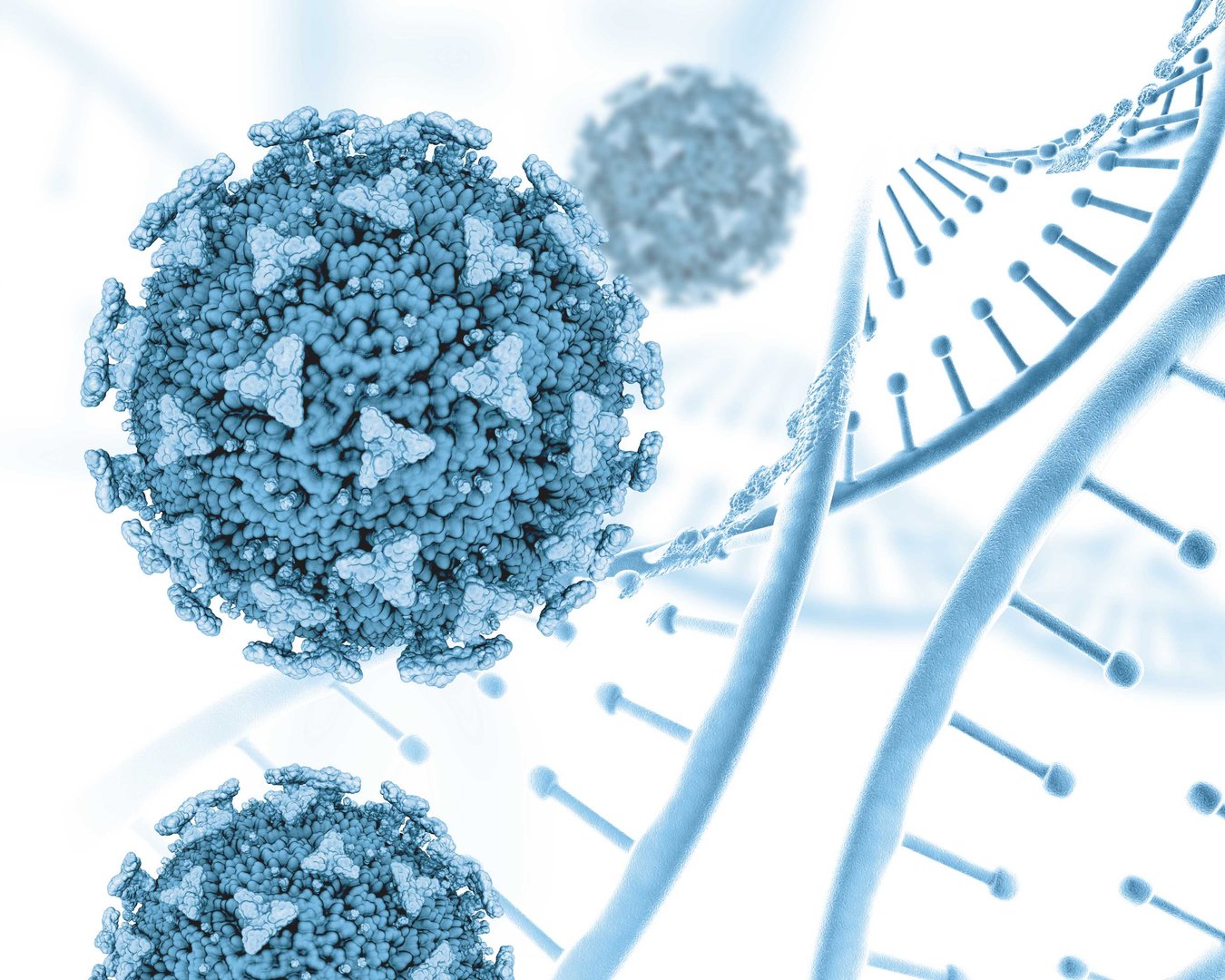
Long-Term Side Effects
Even after 100 days have passed, the journey does not end. Side effects continue for months or years for many people. These can be fatigue, pain in the bones, hormone imbalance, and difficulty with fertility. If you received treatment for breast cancer, you may experience early menopause or difficulty with hormone levels. For some, there is permanent memory, concentration, or nerve damage.
Late effects — those occurring long after the stem cell transplant — can also occur. These are things such as lung injury, heart problems, and even a rare risk of developing a second cancer. That is why cancer screening is still a part of your life after the transplant. There is research being done in Stem Cell Research, and with time, specialists are hoping that these long-term risks are reduced by improved transplant methods and tailored treatment.
Summary
The first 100 days after a stem cell transplant are full of unknowns — your body is healing, your mind is racing, and your life feels like it’s been flipped upside down. But it’s also a time of hope. You’ve come through cancer treatment, endured the pain of stem cell donation or transplant, and now, you’re on your way to recovery. Whether you’ve faced bone marrow cancer, breast cancer signs, lung cancer symptoms, or just finished intense medical treatment, this phase is about slowly regaining control over your health, your mind, and your future. With consistent follow-ups, the right lifestyle changes, support from your care team, and a little patience, you’ll get through these 100 days — and thrive far beyond them.
